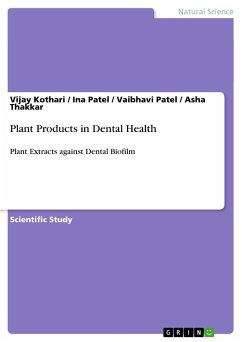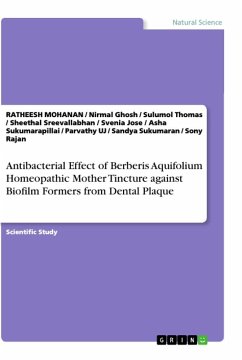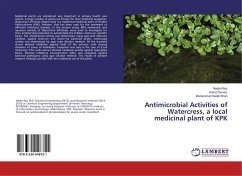Scientific Study from the year 2013 in the subject Biology - Micro- and Molecular Biology, grade: A, Nirma University (Institute of Science), course: Microbiology, language: English, abstract: Extracts of Emblica officinalis seeds prepared by Microwave Assisted Extraction (MAE) method were evaluated for their antimicrobial property against planktonic form of certain human/plant pathogenic microbes. Additionally, seed extracts of E. officinalis, Tamarindus indica, Manilkara zapota, Phoenix sylvestris, Syzygium cumini, and selected phytocompounds were tested against multi-drug resistant Streptococcus mutans (a major pathogen associated with human dental caries) in its planktonic as well as biofilm form. Ability of these extracts to eradicate and kill S. mutans biofilm was investigated. E. officinalis extracts exerted bactericidal action against S. mutans, Pseudomonas aeruginosa, and Vibrio cholerae. Acetone extract of S. cumini, and curcumin were able to inhibit S. mutans at appreciably low concentrations of 50 µg/mL and 20 µg/mL respectively. T. indica and S. cumini seed extracts were able to kill 80% cells of S. mutans in biofilm, in the concentration range of 500-1000 µg/mL. These extracts were able to achieve 95% killing of S. mutans biofilm at concentrations ranging from 600-2000 µg/mL. Ability of the potent extracts to kill S. mutans biofilm did not seem to be much dependent on eradication of the biofilm. Extraction efficiency was found to have a good correlation with antibacterial activity.
Hinweis: Dieser Artikel kann nur an eine deutsche Lieferadresse ausgeliefert werden.
Hinweis: Dieser Artikel kann nur an eine deutsche Lieferadresse ausgeliefert werden.








